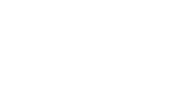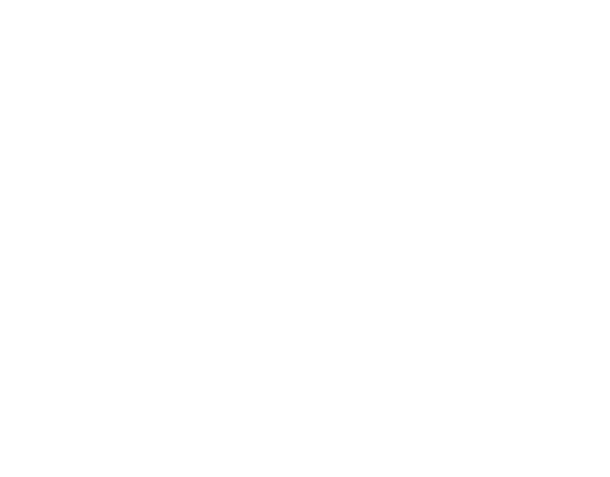 |
 |
 |

|
Illus. 4
Big is trendy. Spring 2014 saw German glass finisher sedak GmbH & Co. KG commission the world’s largest digital flatbed printer for ceramic inks. It can print complex, multi-coloured pixel designs in high-resolution, photo quality onto glass sheets as big as 3.21 x 15.00 metres. The photo impressively shows the dimensions now possible.
Photo: sedak GmbH & Co. KG/Fotograf Hubertus Hamm
|
|
 |
FOCUS ON EFFICIENCY AND QUALITY
Specialists article Nr. 6 GlassTec
The innovative power of glass machinery and equipment builders is a crucial factor for the performance of glass manufacturers and processors. These days their development efforts focus on maximum production efficiency, high product quality and, increasingly, on energy efficiency.
|

|
Posted 8 September 2014
|
Share this:
|
|
The requirements made of glass machinery and equipment manufacturers are more comprehensive and challenging than ever before. The increasing international competition in the glass sector, the associated price pressure, the growing number of different glass products and the strongly diverging batch sizes mean many glass converters are looking to high-performance technologies. To stand their ground against competitors the production of these enterprises must be highly efficient and they must consistently deliver the best possible product quality and ensure maximum flexibility. Another challenge is the rising weight of construction glass. Large-format glazing units are in fashion and the proportion of laminated toughened glass is also continuously on the rise. To efficiently manufacture these heavy large-format sheets processing machines and in-house and external logistics need to be modified. Moreover, the greater variety in types of glass requires a faster changeover between glass types – one prerequisite for this being optimised storage.
|
|
|
|
|
|
|
More Energy Efficiency
Another crucial aspect of state-of-the-art glass machinery production is their increased energy efficiency. Optimised workflows, the use of highly efficient engines and the latest radiator and convection technology in the manufacturing of safety glazing can all bring down companies’ energy consumption substantially. Process water preparation also plays a prominent role in view of ever stricter waste water regulations. The latest purification technology allows firms to save the environment and natural resources, reduce costs and improve machine performance.
|
|
|
|
At that same meeting Leopold Mader of the Austrian glass machinery producer Lisec presented the latest production technologies, market potential and application benefits of triple glazing units from two-millimetre thin glass. Apart from reducing glass weight, using thinner glass also cuts primary energy needs in manufacturing by 30%, Mader reported adding that the changeover from previously customary 4-millimetre glass to 2-millimetre thin glass would result in substantial energy savings considering that in Germany alone 30 million square metres of insulating glass are produced every year. He said an additional value added was the smaller footprint for warehousing in addition to a higher light transmission of the insulating glass.
|
|
|
|
New Benchmark
A new benchmark concerning the size of glass-processing machinery possible today was recently created by the German company sedak GmbH & Co. KG. These multi-national glass finishing specialists are able to print complex, multi-coloured pixel designs in a high-resolution photo quality on extra-large format sheets measuring up to 3.21 by 15 metres with their new digital flatbed system for ceramic glass printing, which was commissioned in spring 2014. “With a resolution of 720 dpi we not only produce excellent prints. Our digital printing process also makes for a significantly thinner ink layer than obtained through screen or roller printing. This allows us to produce translucent prints and to design flowing transitions,” explains Bernhard Veh, CEO of sedak. The ceramic ink is sprayed onto the glass sheets by means of a plotter. After burning in the furnace the ink is permanently linked to the glass and scratch-resistant. These printed glass sheets can be processed further into insulating glass and laminated toughened glass and are even suitable for cold bending (lamination bending) during the lamination process.
Trend towards Vertical Machines
A current trend in finishing glass surfaces and edges of glass doors and textured glass, for instance, is the use of vertical machinery. Their advantage: they have a markedly smaller footprint than machines with a horizontal layout. An example of this new type of machinery is the vertical drilling and grinding machine Vertmax made by Italian glass machinery manufacturer Intermac, a company of the Biesse Group. By company accounts, the new machine scores not only with its new user-friendly operator software but also with its finishing for float and laminated glass. Furthermore, the system, it is said, requires only minimal set-up times and it ca drill, mill, grind and polish glass for a multitude of applications quickly and with highest precision in an automated working process.
|
|
|
|

Illus. 3
Optimised residual sheet storage: Thanks to Hegla’s SGG-ReMaster any glass sheets left over after cutting, breaking and parting can be stored without the need for any additional space and can be automatically re-introduced into manufacturing on demand without interrupting the production process.
Photo: Hegla GmbH & Co. KG
|
|
|
|
|
|
|
Reliable Quality Assurance
A key issue to be addressed in glass production and processing still is quality assurance. Here state-of-the-art scan systems provide ultimate assurance for glass manufacturing and processing. To Ulrich Bauereiß, Sales Manager of Dr. Schenk GmbH, a specialist for industrial measuring technology, the “true benefit” of automatic surface inspection in glass manufacturing lies in process optimisation. By evaluating the data furnished by these systems flaws in the manufacturing process can be identified and eliminated. Anything else was “purely sorting out” to him, as Bauerreiß explained last year in the Industry Working Party Research and Technology of the VDMA Glasforum.
Rainer Feuster, Sales Manager at Viprotron GmbH, a manufacturer of visual quality inspection devices for flat glass finishing, mentions three categories of flaws typically found in the visual quality of construction and insulating glass during inline inspections: flaws with clear contours such as scratches, inclusions and bubbles, defects with a low contrast such as roller waves, hairline scratches and impurities and lamination defects such as brush marks, deposits and surface damage. With its various high-quality scanner products Viprotron offers inspection systems that are specifically geared to the various flat glass processing segments and take the special requirements of each process into consideration. The latest generation of this scanner technology reveals even the smallest of defects.
What other technological innovations glass machinery and equipment producers from throughout the world currently have in store for glass producers and processors will be showcased in Düsseldorf at glasstec 2014 from 21 to 24 October. This the most important international trade fair for the glass sector will present the entire spectrum from glazier-crafted to industrial glass processing for the areas of flat glass, hollow glass, solar glass as well as various types of special glass. Efficiency and quality will play a pivotal role at the trade fair. The latest technology trends in machine and equipment building will be centre stage at the VDMA Symposium held on 22 October as part of the Special Show “glass technology live” at glasstec. The event will focus on plant engineering for processing and finishing glass. Special emphasis will lay here on quality and process control.
|
|
|
|
|
|
|


